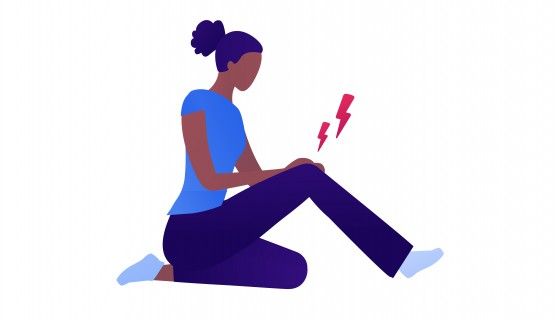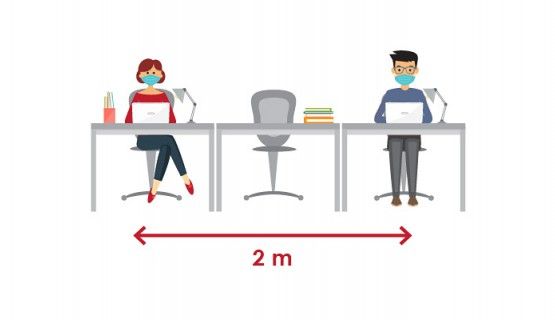
About 9,000 work-related skin cancers can be averted in Ontario over the next 30 years if construction workers are protected from the sun.
About 6,000 cases of non-melanoma skin cancer can be averted among Ontario construction workers through protective clothing, and another 3,000 through the use of shade structures. The costs would be balanced out by the money saved by the 2040s.

Half of injured workers needing time off work don’t submit a workers’ compensation claim—a small portion due to claim suppression.
Just over half of B.C. workers who reported losing two or more days of work due to a work-related injury did not submit a workers’ compensation claim. Most didn't know they were entitled, didn't know how or didn't think it was worth their time to claim. A small portion (between four and 13 per cent) may have been pressured by their employer not to submit a claim.

Unionized construction firms have lower lost-time injury rates than their non-unionized counterparts.
Compared to their non-unionized counterparts, unionized construction companies in Ontario’s industrial, commercial and institutional sector had lower rates of lost-time, musculoskeletal and critical or severe injuries during the period 2012-2018.

Workers who feel safe at their physical worksites have better mental health than workers who feel COVID-19 protections are inadequate.
During the COVID-19 pandemic, anxiety and depression were highest among people who continued to go to workplaces where they felt needed personal protective equipment (PPE) and infection control procedures (ICPs) were missing. In contrast, anxiety and depression were lowest among people who physically went to work and felt all needed PPE and ICPs were in place.

Weaker occupational health and safety procedures and policies explain the higher risk of injury in small workplaces.
Workers at small organizations were more likely than workers at large ones to report experiencing a work-related injury in the previous year. This greater risk of injury was fully accounted for by differences in health and safety policies and procedures, suggesting that injury risks are not intrinsically higher at small firms and can be eliminated by focusing on protective measures.
